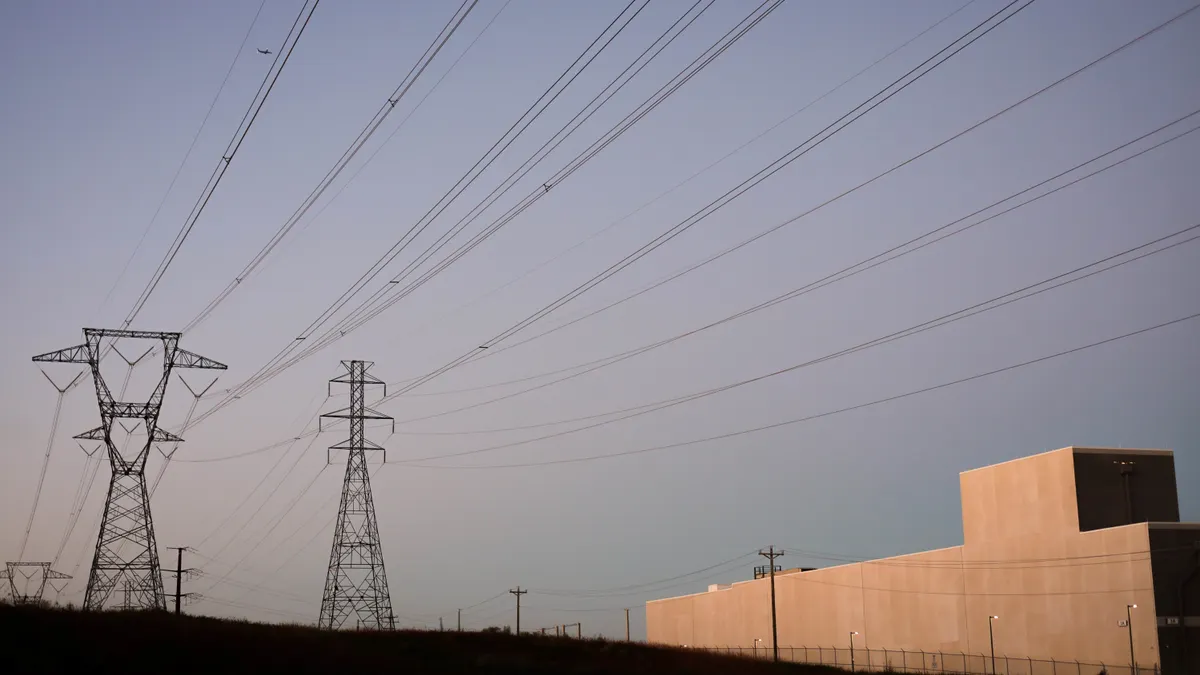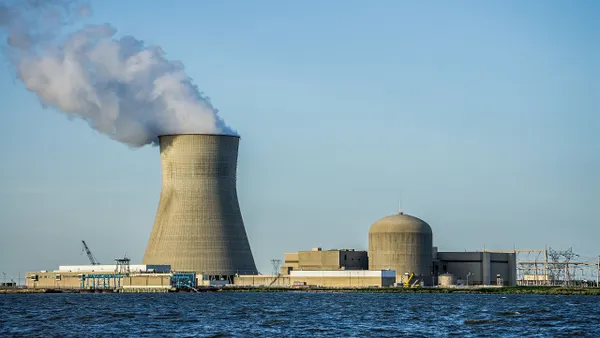Allison Clements is a principal at 804 Advisory and a partner at ASG; Miles Farmer and Sam Walsh are partners at Roselle LLP.
Amid Washington’s partisan deadlock, it was striking to see a politically diverse group of energy experts and policymakers express enthusiasm for the U.S. Department of Energy’s recent letter urging the Federal Energy Regulatory Commission to consider an advance notice of proposed rulemaking (ANOPR) on large-load interconnection.
Challenges as grand as facilitating new large load growth across this country while maintaining affordability and reliability for the rest of us require big solutions. And this ANOPR, if implemented well, might provide just that — a mechanism that unlocks the speed-to-power that data center developers want while not only protecting but benefitting the grid and its broader base of customers. The ANOPR has the potential to achieve those goals through its proposals to study hybrid supply and demand facilities like energy parks together, to ensure the load and supply connecting to the grid pay for the costs of their integration, and perhaps most importantly, to accelerate the interconnection study timeline for load willing to be curtailable, or flexible.
The concept of grid flexibility is not new, market participants have been trying to capture its potential for decades. As several analysts have noted recently, in the context of large load rules that enable energy curtailment at key times can unlock important benefits, from faster interconnection times to avoided infrastructure and, therefore, lower rates.
But accessing these benefits is no simple feat. It would require transforming the ANOPR’s high-level guidance into detailed, implementable rules. And FERC must navigate sensitive jurisdictional issues: DOE has urged it to step into an area traditionally under state authority. The National Association of Regulatory Utility Commissioners has already drafted a resolution for its November meeting urging FERC to walk it back. Utilities have yet to say much publicly but are bound to have concerns.
The timeline DOE proposed may be the biggest obstacle to success here. Rulemakings of this breadth and novelty have traditionally taken at least two years to complete, even before compliance filings are received or court cases are resolved. Here, DOE has suggested FERC take “final action” by April. Although the meaning of that directive is unclear, it is clear that the compressed timeline means there is no time to waste in trying to build out the details of DOE’s high level proposal.
In light of the time crunch, we are pleased to offer a framework for making the “curtailable and dispatchable” portion of the DOE ANOPR work. Our Issue Brief attempts to define types of flexibility and to offer rules we believe comprise a workable framework to achieve large load flexibility success. At a high level, our framework suggests rules that:
- Enable large load flexibility commitments to avoid or defer transmission upgrades;
- Enable large load flexibility commitments to reduce capacity procurements;
- Enable flexible large loads to access non-firm withdrawal and, as applicable, injection rights; and
- Clarify study timelines, queue priority and interconnection processes for large load customers, as well as load-supply hybrid facilities and pairings.
The brief distinguishes across the kinds of services that would be needed to enable transmission-related savings and avoided capacity procurement. Some aspects of the reforms we suggest are hard and of course, the devil lies in the details. We know that further development and refinement of these concepts will be required by FERC and transmission providers to realize the benefit that load flexibility promises. Artificial intelligence-enabled software could make reform easier to implement than it would have been even a few years ago, and proven technological capabilities should be incorporated into the rulemaking process.
Our recommendations for enabling load flexibility are relevant regardless of where one stands on the threshold jurisdictional question. The bottom line is that enabling load flexibility is critical to achieving speed-to-power for large customers while keeping the grid reliable and affordable for the rest of us. Whether the ANOPR delivers on these goals depends on turning its principles into concrete and implementable processes.














